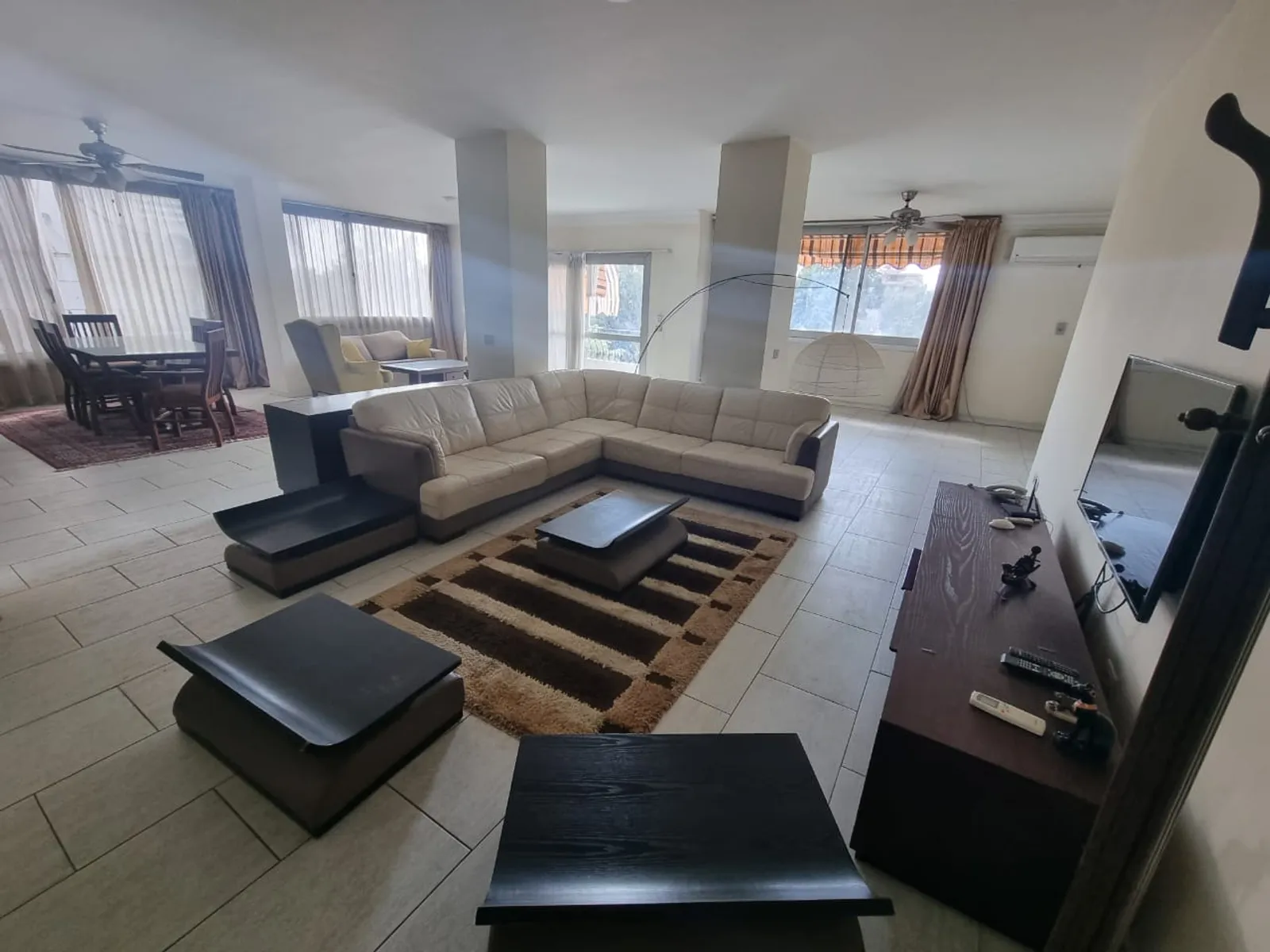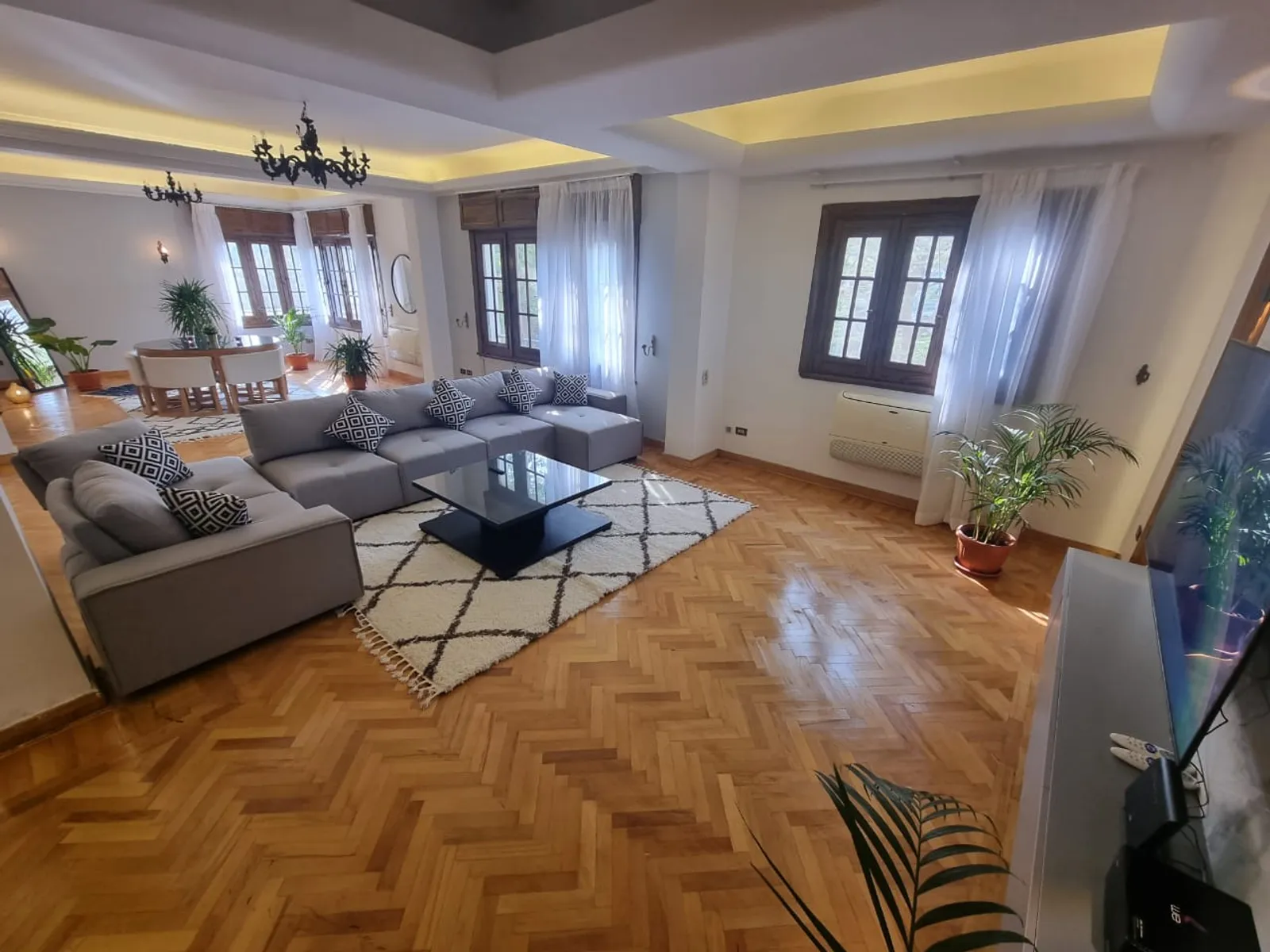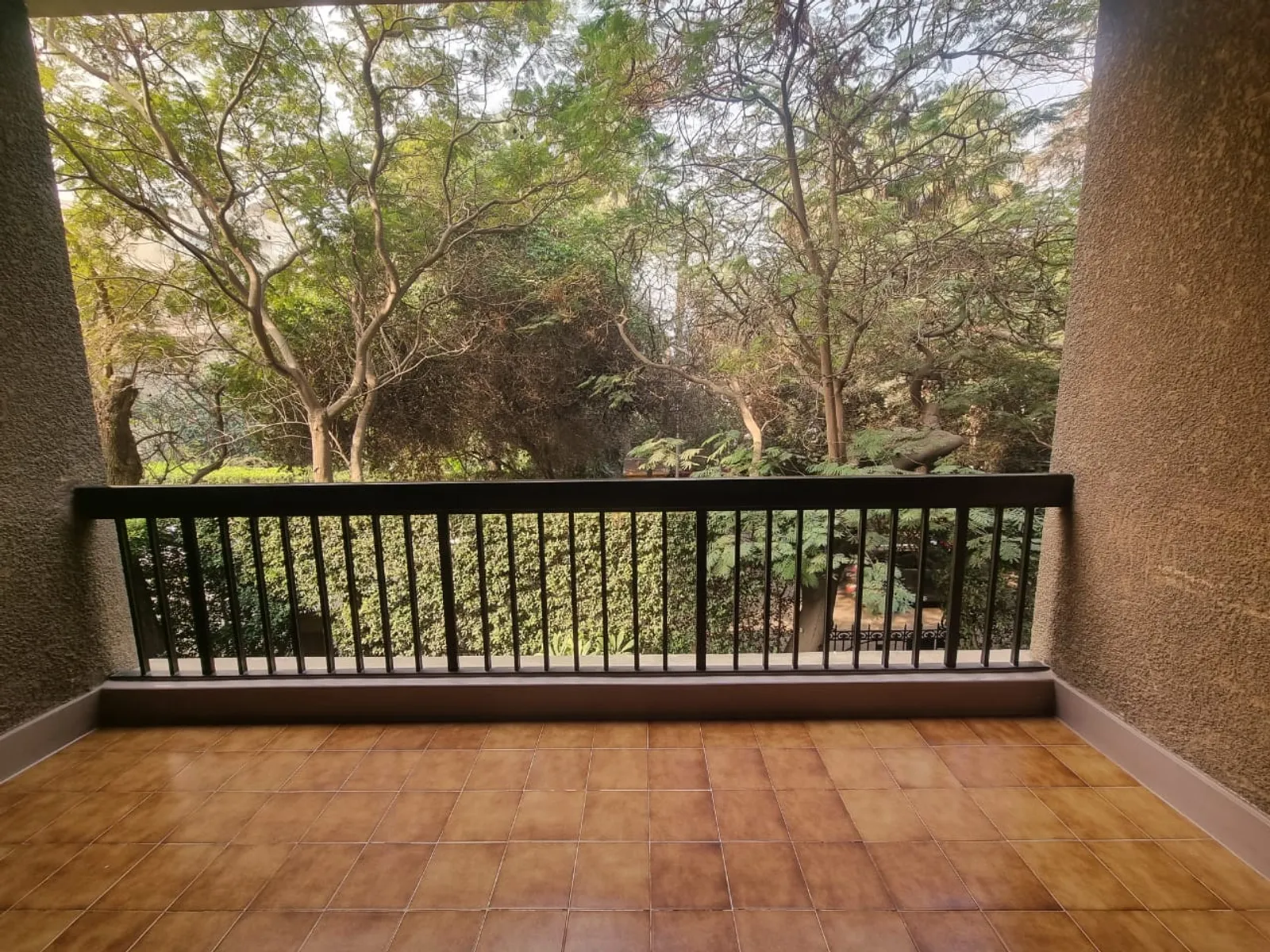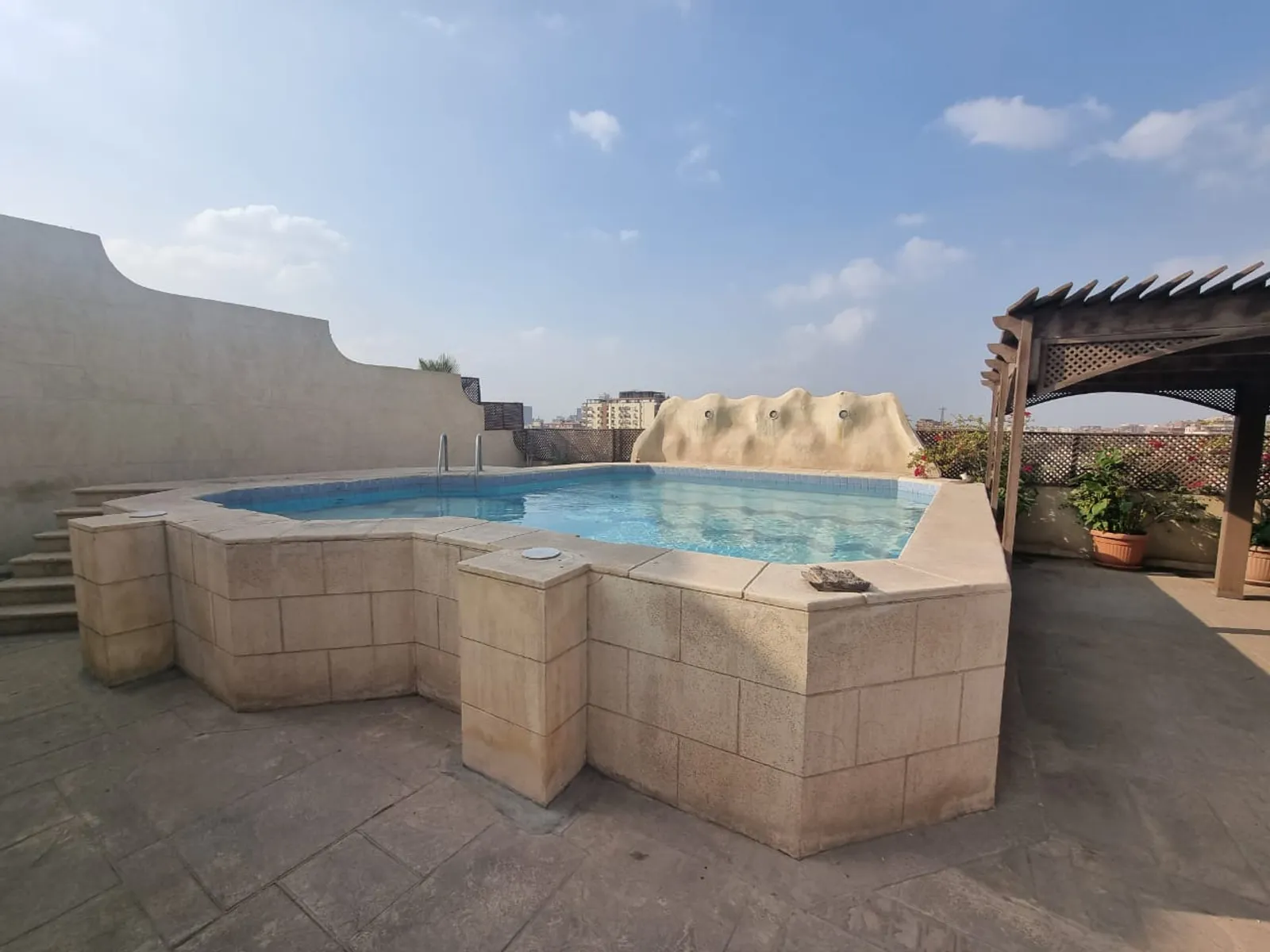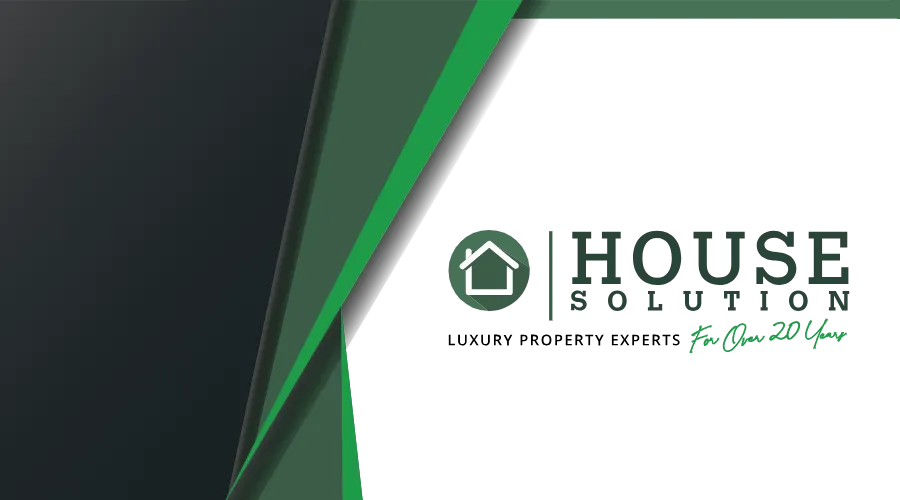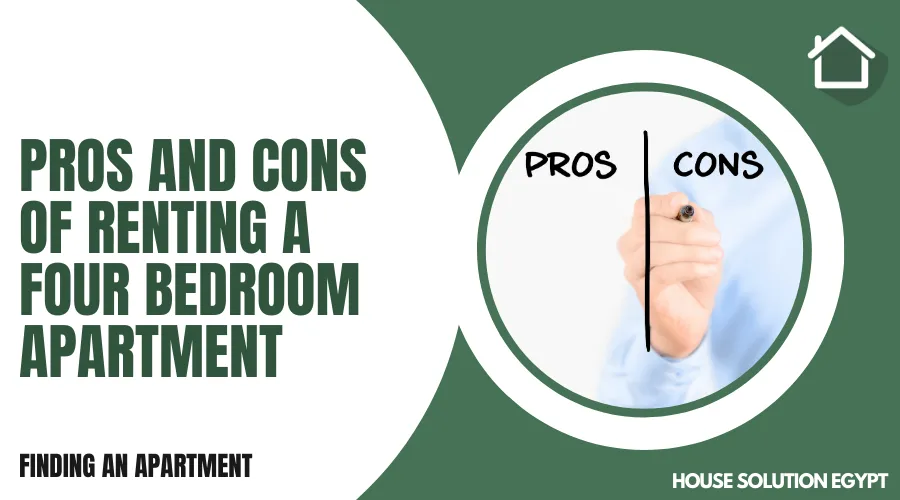THE ADVANTAGES AND DISADVANTAGES OF DIFFERENT APARTMENT FLOORS
Renting an Apartment|8 MIN READ|Updated on: 22 April 2024|Written by: Marwa Samir
One of the most important decisions you'll make when it comes to flooring in your apartment is determining which type of material will work best for you. Each option has its own set of advantages and disadvantages, so it's essential to consider what's most important to you before making a final decision.
A popular choice among residents would be hardwood flooring, which can add warmth and elegance to any space. It's also durable and easy to clean, but it can be susceptible to scratching or water damage unless properly maintained. Another common option is carpeting, which provides comfort underfoot and helps reduce noise levels in your home. However, it can stain easily and may require regular cleaning.
Tile flooring is another option that offers both style and durability. It comes in various designs and colors, making it easy to match with any decor style you prefer. Unlike hardwood floors, tile floors are resistant to moisture, so they're an excellent choice for areas like bathrooms or kitchens. On the downside, they can be cold underfoot during the winter months if not heated correctly.
Apartment Floors
When it comes to choosing the type of flooring for an apartment, there are several factors to consider. One of the most important factors is durability. Different types of flooring have varying levels of resistance to wear and tear, spills, and scratches. For instance, hardwood floors can last for decades with proper maintenance and refinishing while carpeted floors may need replacing every few years.
An important consideration is a comfort. For those who spend a lot of time standing or walking in their homes, a soft and cushioned floor like carpeting or cork may be more comfortable than harder surfaces like tile or hardwood. Additionally, some types of flooring are better suited for certain rooms than others. For example, moisture-resistant materials such as vinyl or tile work well in bathrooms and kitchens where spills are common.
The cost is also a significant factor when choosing apartment flooring. While hardwood floors can add value to an apartment and look beautiful for many years, they come with a higher price tag than other options such as laminate or vinyl plank flooring. It's essential to weigh the pros and cons based on your budget, lifestyle needs, and aesthetic preferences before making a decision about what type of apartment flooring is best for you.
Advantages of Ground Floor
One of the biggest advantages of living on the ground floor is the ease of access. With no stairs to climb, it becomes easier for people with mobility issues or disabilities to move around their homes. Additionally, ground-floor apartments usually have direct access to a patio or garden area which can be a great perk for those who enjoy outdoor living.
Another advantage is that ground-floor apartments tend to be cooler during hot weather as they are not as exposed to sunlight as upper-level units are. This can save you money on your energy bills since you won't need to use your air conditioning as much. Finally, if there's ever an emergency, being on the ground floor means that you'll have quicker and easier access to exits and entry points when compared with higher floors.
Disadvantages of Ground Floor
While many people associate ground-floor apartments with convenience, they also have their share of disadvantages. One major drawback is the lack of privacy. Ground floor units are often situated closer to common areas such as lobbies and courtyards, which can result in increased foot traffic and noise levels.
Another disadvantage of ground-floor apartments is that they are more vulnerable to break-ins and thefts. As they are located on the first level, it's easier for intruders to access them through windows or doors. This can be a significant concern for residents who value security.
Ground-floor apartments often receive less natural light than higher-level units due to obstructions like trees or other buildings. This can lead to darker living spaces that require more artificial lighting during the day, resulting in higher energy bills for tenants who prioritize natural light.
Advantages of Top Floor
One of the most significant advantages of living on the top floor is that it provides a great view. From the top floor, residents can have an unobstructed view of their surroundings, which is especially beneficial in urban areas with beautiful cityscapes or natural landscapes. Additionally, residents on higher floors experience less noise pollution and fewer disturbances from street-level activities. This can be highly advantageous for individuals who value peace and quiet.
Another benefit of living on the top floor is that it typically receives more natural light than on lower floors. This means that apartments on higher levels may have better air circulation and improved ventilation, leading to a healthier living environment overall. Moreover, because heat rises, apartments located on higher floors tend to stay warmer during colder months without having to turn up the heating system.
Overall, living on the top floor has several benefits worth considering when choosing an apartment. With breathtaking views and fewer disturbances from street-level activities to better air circulation and warmth during winter months, these advantages make top-floor apartments highly desirable for many renters.
Disadvantages of Top Floor
One of the primary disadvantages of living on the top floor is that it can get incredibly hot during the summer. Since heat rises, you'll be more exposed to direct sunlight and have to deal with a lot of heat buildup in your apartment. This can make it tough to stay comfortable throughout the day, especially if your unit doesn't have air conditioning.
Another major disadvantage is that moving into or out of a top-floor apartment can be quite challenging. You'll need to carry all your belongings up multiple flights of stairs, which can be exhausting and time-consuming. Moreover, if you forget something in your car or need to run out quickly, you'll have to trek back down (and then back up) all those stairs every time.
Living on the top floor can also make it difficult for people with mobility issues. If you or someone in your household has trouble walking up and down stairs or using an elevator, this could pose a significant problem. Additionally, if there's ever an emergency situation where you need to evacuate quickly (like in the case of a fire), getting down from a high floor could prove challenging or even impossible.
Advantages of Middle Floors
Middle floors are a popular choice for people looking to rent or buy an apartment. One of the main advantages of middle floors is that they offer both privacy and accessibility. They are not too high up, which makes them easy to access via stairs or elevators, but they are also not too low down, which means you still get some privacy from street-level noise and passersby.
Another advantage of middle floors is that they often have better natural light than lower levels. This can be especially important if your apartment faces a north or east-facing direction where direct sunlight may be limited. Middle floors also tend to have more balanced temperatures throughout the year as they are less exposed to extreme weather conditions like heat waves and cold snaps.
One potential disadvantage of middle floors could be increased noise levels if there is heavy foot traffic on the floor above you. However, this can usually be mitigated with proper soundproofing measures such as thicker carpets or insulation in walls and ceilings. Overall, middle floors provide a great compromise between accessibility, privacy, natural light, and temperature control making them an attractive option for many apartment seekers.
Disadvantages of Middle Floors
One of the main disadvantages of living on the middle floor of an apartment building is that you may experience more noise from neighbors above and below you. If your upstairs neighbor has heavy footsteps or enjoys playing loud music, it can be difficult to escape the sound even with adequate soundproofing. Similarly, living below someone who has children or pets can result in constant noise throughout the day.
Another disadvantage of middle floors is that they often have less natural light compared to higher floors. While some middle units may still offer good light exposure, many are located between taller buildings or face away from direct sunlight. This lack of natural light can make spaces feel smaller and less inviting.
Additionally, middle floors may have limited views compared to higher floors in an apartment building. Depending on the location and design of the building, you may only be able to see nearby buildings or trees instead of expansive city or landscape views that are often associated with top-floor units.
Conclusion: Considerations
In conclusion, when considering the advantages and disadvantages of different apartment floors, there are several factors to take into account. Firstly, it is important to consider your lifestyle and habits. If you have pets or young children, a carpeted floor may be more suitable as it provides better insulation against noise and is softer underfoot. However, if you have allergies or prefer a more modern look, hardwood or laminate flooring may be a better option.
Another consideration is the cost and maintenance of each type of flooring. Carpet is typically less expensive than hardwood or tile but requires regular vacuuming and cleaning to maintain its appearance. Hardwood floors are durable but can be more costly upfront and require occasional refinishing. Tile floors are easy to clean but can be cold and hard underfoot.
Ultimately, the decision on which type of apartment flooring to choose will depend on personal preference and budget constraints. It's important to weigh the pros and cons of each option before making a final decision that suits your needs best in terms of aesthetics, durability, maintenance requirements as well as budgetary considerations for both short-term expenses such as installation costs as well as long-term expenses like upkeep over time!



